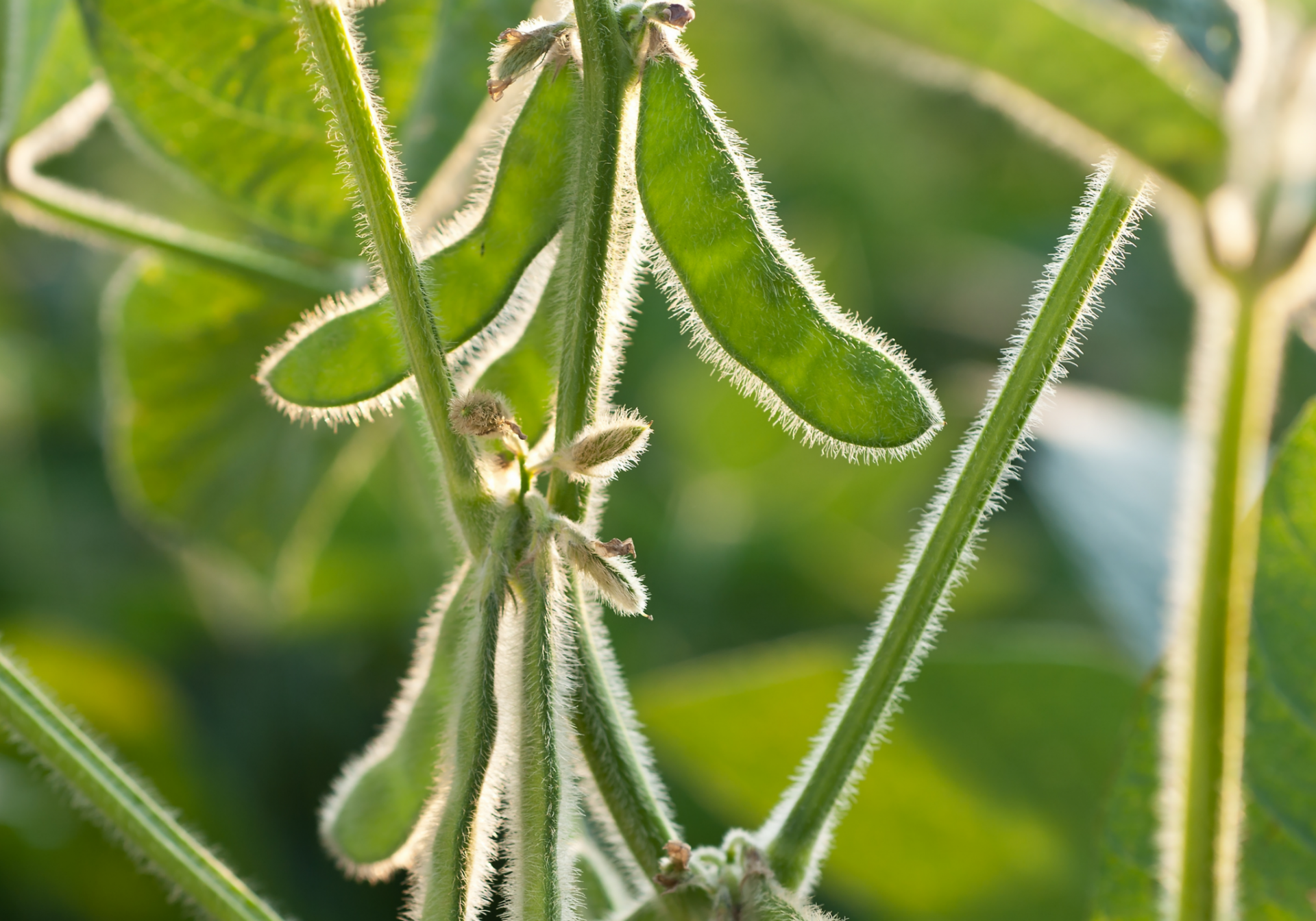An ambitious vision for sustainable soy import
Soy has various uses in global food production, where more than 70% of the finished soy products are used for animal feed. With more than 1 million square kilometres of land currently cultivated for soy production, it also represents challenges from a sustainability and climate point of view.
The global demand for especially animal foods is increasing. Consequently, more land is being cultivated for soy production, leading to deforestation in some areas and in some cases causing damage to local ecological environments leading to loss of biodiversity or harming local communities.
Being rich in protein, soy is an essential ingredient in animal feed and a source of important income for farmers in meat producing countries. Denmark is a world-known exporter of livestock and meat products and thus also a big importer of roughly 1.5 million tonnes of soy annually. With an increasing focus on sustainability globally, it has become more important to ensure that soy purchased for feed from Danish agriculture is sourced responsibly.
Leading the transition to more sustainable soy imports
The Danish agriculture sector has increased its efforts for sourcing responsible soy with the collaborative platform ‘Danish Alliance for Responsible Soy’. The alliance consists of 20 partners ranging from retail and food producers to NGOs and government authorities and is facilitated by Ethical Trade Denmark.
The alliance aims to support and increase the import and use of responsibly produced soy. The vision is to ensure that all imported soy has been produced responsibly and without deforestation.
‘Danish Alliance for Responsible Soy’ consists of 20 partners ranging from retail and food producers to NGOs and government authorities
Action plans to achieve results
All participants in the alliance have committed themselves to a binding agreement. For companies this includes the publication of action plans that include agreements with suppliers, acquiring certification credits compensating for soy consumption, working towards traceable soy supply chains, and investigating alternative supply options to current soy import, such as locally produced grass proteins. Furthermore, companies commit to report on their progress annually.
This is not an easy transition and requires action from all stakeholders in the supply chain. Therefore, the partners in the alliance will continue to collaborate to identify pathways and opportunities to achieve their common vision.
For more information regarding the alliance, visit this page.


